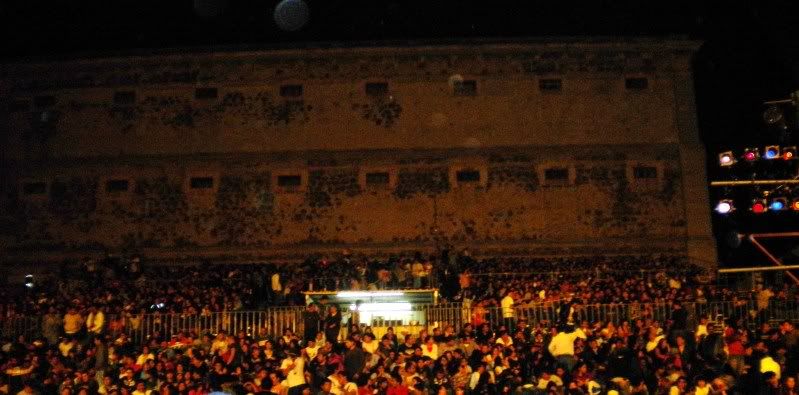I Use Perfume to Occupy More Space
Museo de Arte Carrillo Gil
This exhibition approaches the institutional space in a self-critical manner. With the purpose of reviewing the social mechanisms that generate the belief in the value of artistic creation, I Use Perfume to Occupy More Space intersperses commercial products, theoretical and literature tomes, films, cartoons, works from the MACG collection, and other contemporary artworks.Such a grouping reveals the use of artistic references in advertising to endorse and characterize commercial products and insert these in the worlds of fashion, politics, and social life in general. These records are scrutinized through artistic projects that question such a legitimization mechanism, as well as the inherent vanity of the art-world system.
Similarly, the exhibition's title additionally alludes to several clichés concerning the artist's persona, such as that of the romantic bourgeois, the "aristocratic" dandy, the intellectual, the accursed, or the bohemian artist, among others. It is well known that perfume, although invisible, is a cultural artifice that allows its users to stand out in a crowd, because it confers status or individuality. One might affirm that such an invention is able to consecrate, as well as set apart, its wearer from the common, the massive, or the prosaic. If we agree with the premise that anyone can pretend to be an artist in the contemporary art world and in the same manner anything can be regarded as a work of art, then perfume exemplifies these processes for legitimization.
Rather than solely representing a collection of works organized under a given theme or through the scope of the current prevailing tendencies,
this exhibition is conceived of as a space that invites examination, contemplation of the structures that exist beneath the art world. The artistic projects that comprise part of this exhibit represent sociological research by means of the compilation of documents and other materials found in several fields of cultural production. The exhibit also includes reference materials such as books on literature and art theory, snips of Hollywood movies, and cartoons that ironize the art world's narcissism and arrogance.
The combination of these devices leads to critical reflection on the institutionalization of art and the social and discursive frameworks that instill the belief in its value.Whereas the Enlightenment in the Eighteenth Century established belief in the power of the artist – through the acknowledgement of his/her geniality and innate talent – today it would appear that this role has assumed a back seat to the ability of understanding the institutionalism of art through self-criticism: namely, the rationality of the critical models and judgments that coordinate the production, presentation, and circulation of what ultimately constitutes the visibility of the artistic. Among art professionals, only a few continue to believe in the romantic myths of the illuminated artist who constructs metaphysical truths. This new attitude is evidenced in works that convey viewpoints on this romantic belief of the artistic persona and the value of artistic work.
At present, the contemporary artist is observed as more as a sort of sui generis researcher who acquires a socio-professional role by relying on processes or models of hybrid or heterogeneous knowledge that are capable of teaching critical, ironic, political, aesthetic, or philosophical approaches, thus expanding the ways in which we understand and configure our world.The "perfume", then refers, to the insubstantiality of the aesthetic experiences in the period during which its critical status was institutionalized.
The "perfume" is an invisible presence that enables "things" to circulate or to become visible as something different from their original condition. We could say that it is a strategy of occupation that affects the perceived and social environment in which it is inscribed. From this perspective, today's art world is similar to a fluctuating atmosphere.
The title
I Use Perfume to Occupy More Space can be understood as an attitude of suspicion of the sociability rituals that shape the world of art.
Artists:
Gabriel Acevedo
David Alfaro Siqueiros
Daniel Andujar/Rogelio López Cuenca
Julieta Aranda
John Bock
Ximena Cuevas
José Clemente Orozco
Carles Congost
Dustin Ericksen/Mike Rogers
Paul MacCarthy
Curator:
Willy Kautz
Museo de Arte Carrillo Gil I Use Perfume to Occupy
More Space
October 7 - January 3
Museo de Arte Carrillo Gil
Av. Revolución 1608
San Ángel
01000, México, D.F
55 50 62 60
55 50 39 83 ext. 120
http://www.museodeartecarrillogil.com

I Use Perfume to Occupy More Space | The institutional space in a self-critical manner





















